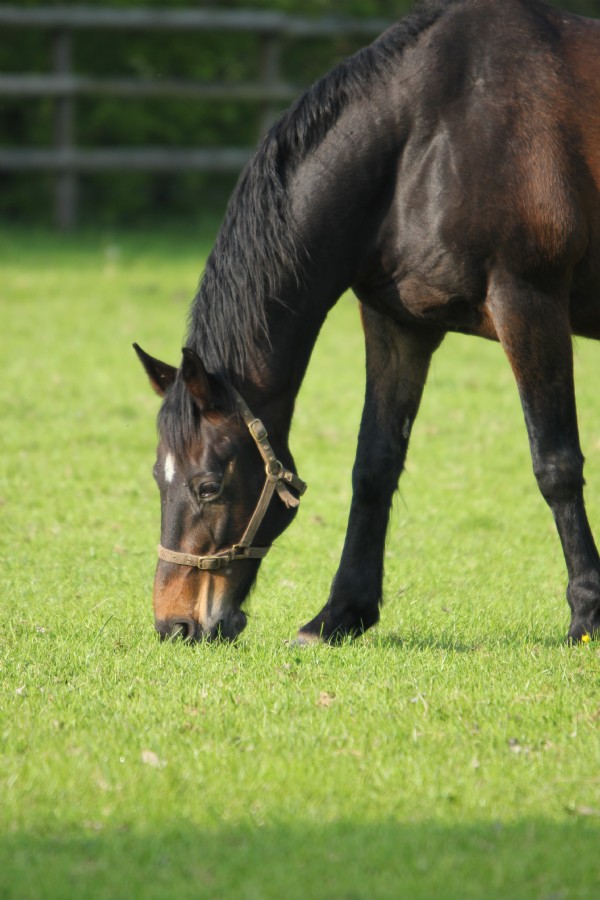

Horses grazing requirements can be different to that of sheep and cattle but it’s very important to get the pasture right.
In the wild, horses have free access to a wide range of species and typically spend 16 hours a day grazing. They can roam freely to forage for specific plant species that will naturally provide them with the macro and micronutrients, minerals and vitamins that they need.
It is generally believed that wild horses had the ability to self-medicate by choosing different plants at different times of the year according to their requirements. Due to a number of factors such as herbicide use and popularity of aggressive species such as ryegrasses the diversity of species and consequently the nutritive value in swards has declined. It has become increasingly popular to address the shortfalls in the pasture by feeding concentrates and supplements but this is not the healthiest option for the horse or for the environment.
By getting the right mix of grass, legume and herb species for your land and your horse’s needs the aim is for your horse to gain the majority, if not all, of its nutritional requirements from forage, relying less on concentrates and spending more time out in the field whatever the weather. This is important because there are a number of health issues that can be directly related to pasture management, nutritional content of the pasture and time spent eating grass or conserved grass (hay or haylage). These include laminitis, developmental orthopaedic disease, gastric ulcers, colic, respiratory diseases, mud fever, stereotypical behaviour and wormer resistance. Whilst the nutritional content and medicinal qualities of these species will depend on how you manage the pasture it is undoubtedly the healthiest option for your horse.
Date Posted: 17th January 2018



